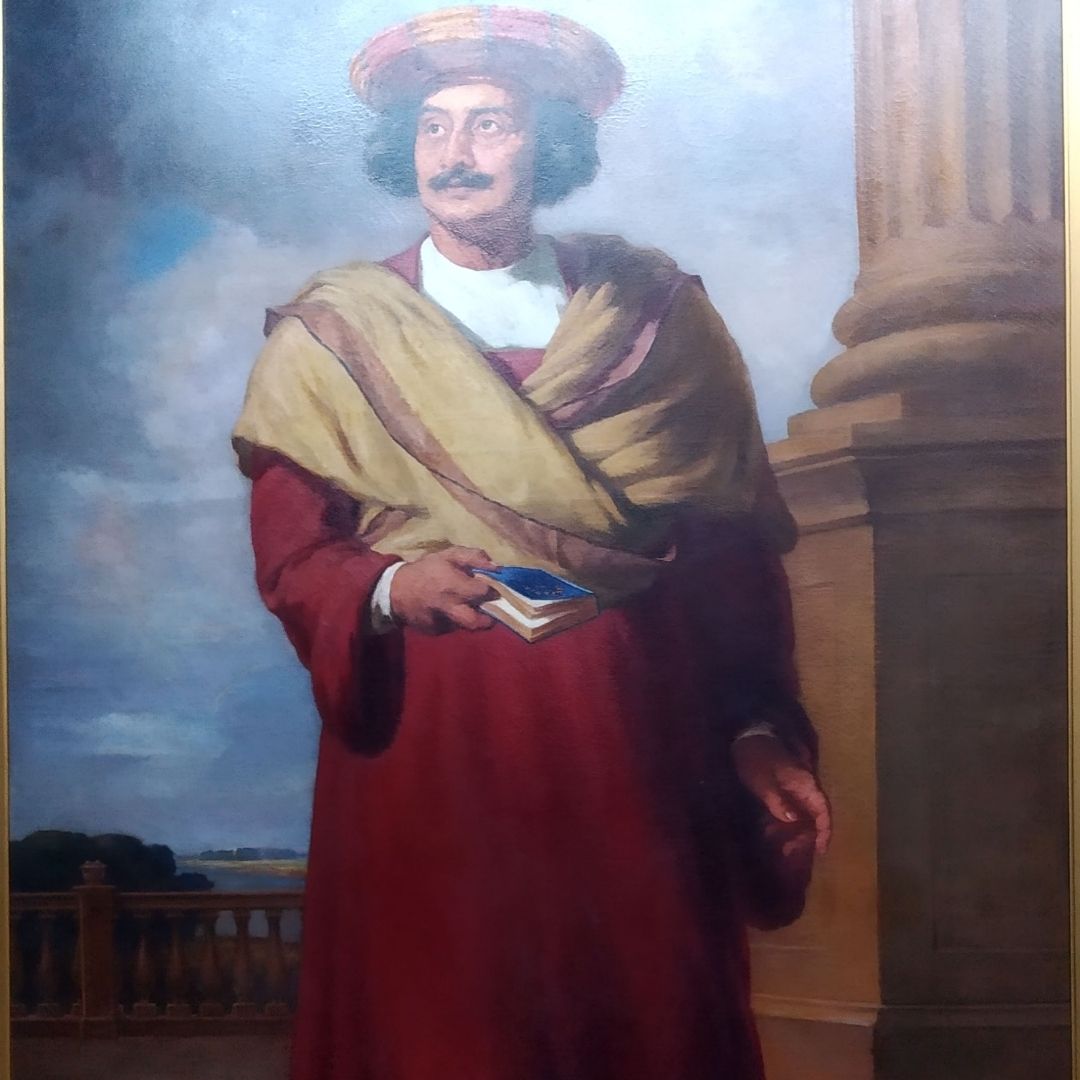Raja Ram Mohan Roy: Remembering The Father Of Bengali Renaissance On His 250th Birth Anniversary
Writer: Mrinalini Kaushik
She is a student of journalism, keen on learning new ways to unlearn, deconstructing news and life. Interested in exploring new media as medium is the message. Avid follower of sports and politics
West Bengal, 23 May 2022 8:31 AM GMT
Editor : Shiva Chaudhary |
A post-graduate in Journalism and Mass Communication with relevant skills, specialising in content editing & writing. I believe in the precise dissemination of information based on facts to the public.
Creatives : Shiva Chaudhary
A post-graduate in Journalism and Mass Communication with relevant skills, specialising in content editing & writing. I believe in the precise dissemination of information based on facts to the public.
Raja Ram Mohan Roy and Dwarkanath Tagore formed the Brahmo Samaj in August 1828, intending to reform the socio-religious practices of Brahmins in Hinduism, leading Bengal's Renaissance.
"Ram Mohan Roy was a great social reformer, a thinker, an educator, a journalist, a visionary. He is not only the pride of Bengal but the country," observed Union Minister of Culture G Kishan Reddy on Raja Ram Mohan Roy's 250th birth anniversary on May 22.
Roy led the socio-religious movement against the dark practices of India, whether it was fighting against sati to incorporating western discoveries in science and literature with India's rich traditional knowledge.
To mark this occasion, the Ministry of Culture built a statue named 'Father of Bengal Renaissance,' commemorating Ram Mohan Roy, in Salt Lake, Kolkata, West Bengal, as reported by The Print.
Reformation Movement In Bengal
Bengali Renaissance was a movement aimed at changing existing rituals and traditions, such as caste, sati, untouchability, dowry, etc. It was almost a radical revolution that prospered and encouraged anti-colonial and nationalistic ideologies in the Bengal region, which later became the hub of nationalism.
The thoughts prevalent during the late 1800s were secularism, modernism, humanism, and scientific temperament, borrowing from the Western renaissance ideas, which means rebirth after a dark age.
Raja Ram Mohan Roy & Brahmo Samaj
Dwarkanath Tagore and Ram Mohan Roy formed the Brahmo Samaj in August 1828, intending to reform the socio-religious practices of Brahmins in Hinduism. This led to the beginning of Bengal's Renaissance period, which transformed religious, social, political, and educational values among the Brahmin community.
One of the most considerable contributions of Brahmo Samaj has been the abolition of the inhumane ritual of sati, where the Hindu window was supposed to burn herself in her husband's pyre. Roy even visited England as an ambassador from the Mughal dynasty in 1831 to ensure the banning of sati practice took place.
Amalgamating Western & Indian Traditions
Among the urban elites, the bhadralok of Bengal, Raja Ram Mohan Roy, helped set up the only college that offered European Style higher learning across the Asian continent in 1817, known as Hindu College called Presidency College in Kolkata as cited in Cultural India. Roy brought together theological ideologies and rational thinking in modernism to form another institute, Vedanta College, in 1826.
Roy believed in introducing English education curricula in India, including Maths, Science, Physics, Botany, etc. Hindu College paved the way for learning from both the west and the east, later becoming one of the best institutions in India.
 All section
All section














